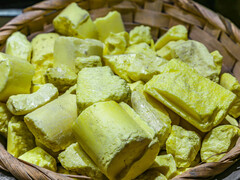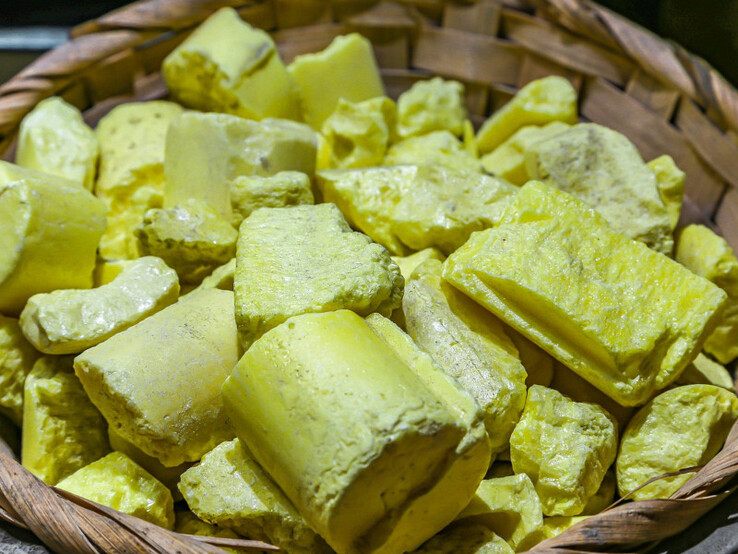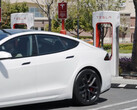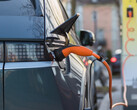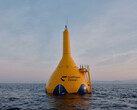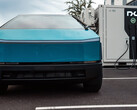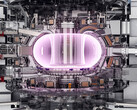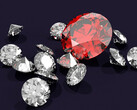The development of lithium-sulphur batteries since the early 1960s seemed promising. The two elements sulphur and lithium are comparatively common. This makes them inexpensive, even if they are not necessarily environmentally friendly to mine according to current standards.
In addition, the energy density is considerably higher than that of the batteries currently in widespread use. A lithium-ion battery can currently store up to 700 watt-hours per kilogram, which corresponds to a large e-bike battery.
With lithium-sulphur, it is theoretically up to 2,500 watt-hours, more than three times as much. If you add the housing, electronics and other components, it is still easily half the weight of the batteries used today.
Everything would be great if there wasn't this miserable durability. After a few charges, performance and capacity drop. Despite many reports in the past about a thousand charging cycles, the practical usability of the technology, which is superior on paper, has so far been lacking.
A recent study that demonstrated a residual capacity of 87 percent after 400 charges at room temperature under realistic conditions sounds cautiously optimistic.
Another element was added to lithium and sulphur and integrated into the cathode with sulphur. Unlike in previous experiments, however, this was not just any rare or difficult-to-handle element, but iodine.
This supplements the lattice of sulphur atoms. In addition, the melting temperature of the whole thing is just 65 °C. This allows the cathode material to be melted regularly in order to repair defects and achieve the already quite practicable service life of the lithium-sulphur battery.
Unless this announcement joins the ranks of past and forgotten success stories, the solid-state lithium-sulphur battery (SSLSB) could indeed become a reality. Consisting of readily available, inexpensive elements and with an enormously high energy density.




